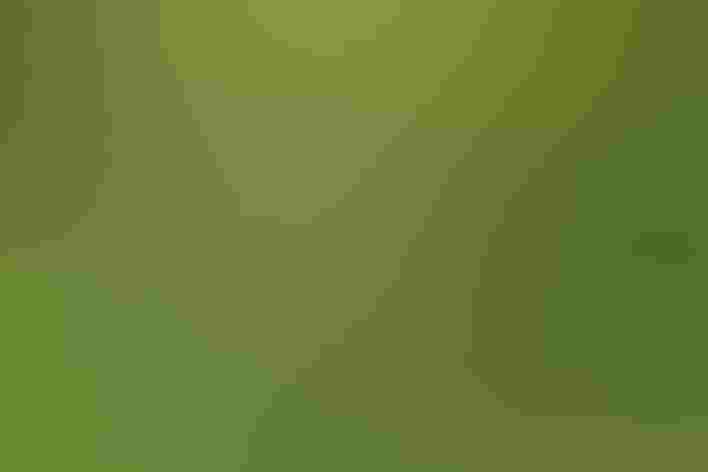Killdeer
At a Glance
Widespread, common, and conspicuous, the Killdeer calls its name as it flies over farmland and other open country. Like other members of the plover family, this species is often found at the water's edge, but it also lives in pastures and fields far from water. At times, it nests on gravel roofs or on lawns. Many a person has been fooled by the bird's 'broken-wing' act, in which it flutters along the ground in a show of injury, luring intruders away from its nest.
All bird guide text and rangemaps adapted from Lives of North American Birds by Kenn Kaufman© 1996, used by permission of Houghton Mifflin Harcourt Publishing Company. All rights reserved.
Category
Plovers, Sandpiper-like Birds
Conservation
Low Concern
Habitat
Coasts and Shorelines, Fields, Meadows, and Grasslands, Freshwater Wetlands, Lakes, Ponds, and Rivers, Saltwater Wetlands, Shrublands, Savannas, and Thickets, Urban and Suburban Habitats
Region
Alaska and The North, California, Eastern Canada, Florida, Great Lakes, Mid Atlantic, New England, Northwest, Plains, Rocky Mountains, Southeast, Southwest, Texas, Western Canada
Behavior
Direct Flight, Rapid Wingbeats, Running
Population
2.300.000
Range & Identification
Migration & Range Maps
Migratory in north, may be permanent resident in south. Spring migration is very early, returning to some northern areas in February or March.
Description
9-11" (23-28 cm). Two black chest bands; white collar. Rather long tail is mostly orange. Downy young may have only a single black band; compare to small plovers.
Size
About the size of a Crow, About the size of a Robin
Color
Black, Brown, Orange, Red, White
Wing Shape
Narrow, Pointed, Tapered
Tail Shape
Pointed, Rounded, Wedge-shaped
Songs and Calls
A shrill kill-deee, fill-deee or killdeer, killdeer. Also dee-dee-dee.
Call Pattern
Falling, Flat, Rising
Call Type
Trill, Whistle
Habitat
Fields, airports, lawns, river banks, mudflats, shores. Often found on open ground, such as pastures, plowed fields, large lawns, even at a great distance from water. Most successful nesting areas, however, have some shallow water or other good feeding area for the chicks. Also commonly found around water, on mudflats, lake shores, coastal estuaries.
Sign up for Audubon's newsletter to learn more about birds like the Killdeer
Behavior
Eggs
Usually 4, sometimes 3-5. Buff, blotched with black and brown. Incubation is by both parents, 24-28 days. In very hot climates, adults shade eggs in mid-day, may soak belly feathers to help cool eggs.
Young
Downy young leave nest soon after hatching. Young are tended by both parents, but feed themselves. Age of young at first flight roughly 25 days. In some warmer parts of range, Killdeers raise 2 broods per year.
Feeding Behavior
Typically they run a few steps and then pause, then run again, pecking at the ground whenever they spot something edible. May follow farmers plowing fields, to feed on grubs turned up by the plow.
Diet
Mostly insects. Feeds on a wide variety of insects, including beetles, caterpillars, grasshoppers, fly larvae, many others; also eats spiders, earthworms, centipedes, crayfish, snails. Eats small amounts of seeds as well.
Nesting
In breeding season, male flies high over nesting territory in floating, wavering flight, with slow, deep wingbeats, giving kill-dee call repeatedly. On ground, courtship displays include ritualized nest-scrape making. Nest site is on ground in open area with good visibility, as on bare soil, short-grass field, gravel road; sometimes on gravel roof. Nest is shallow scrape in soil or gravel, either unlined or lined with pebbles, grass, twigs, bits of debris.
Climate Vulnerability
Conservation Status
Despite local declines in some urbanized areas, still widespread and abundant.
Climate Threats Facing the Killdeer
Choose a temperature scenario below to see which threats will affect this species as warming increases. The same climate change-driven threats that put birds at risk will affect other wildlife and people, too.










